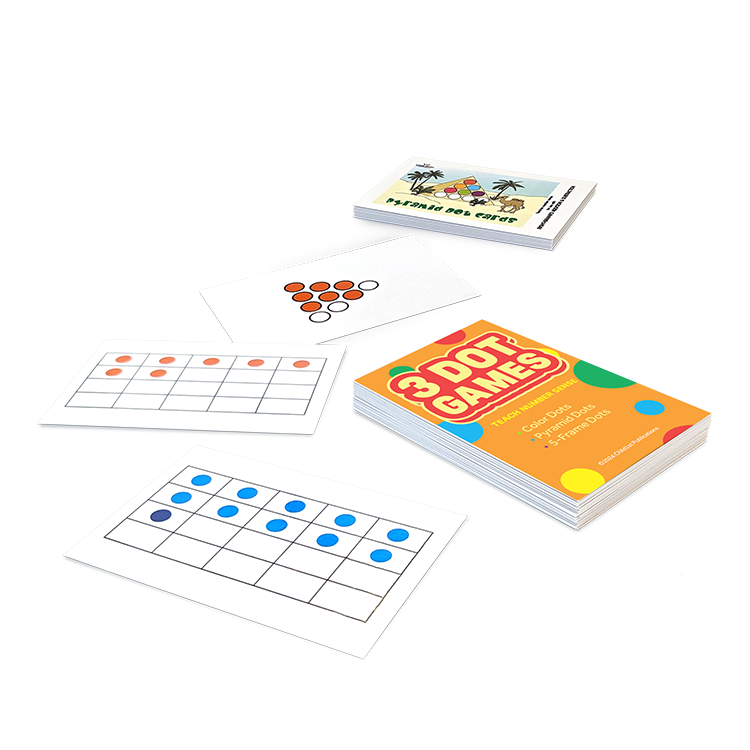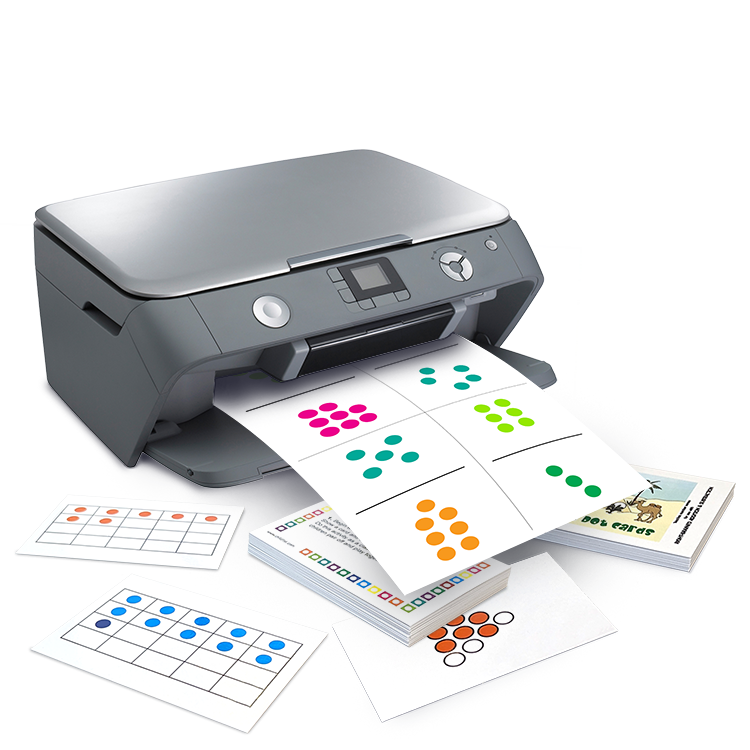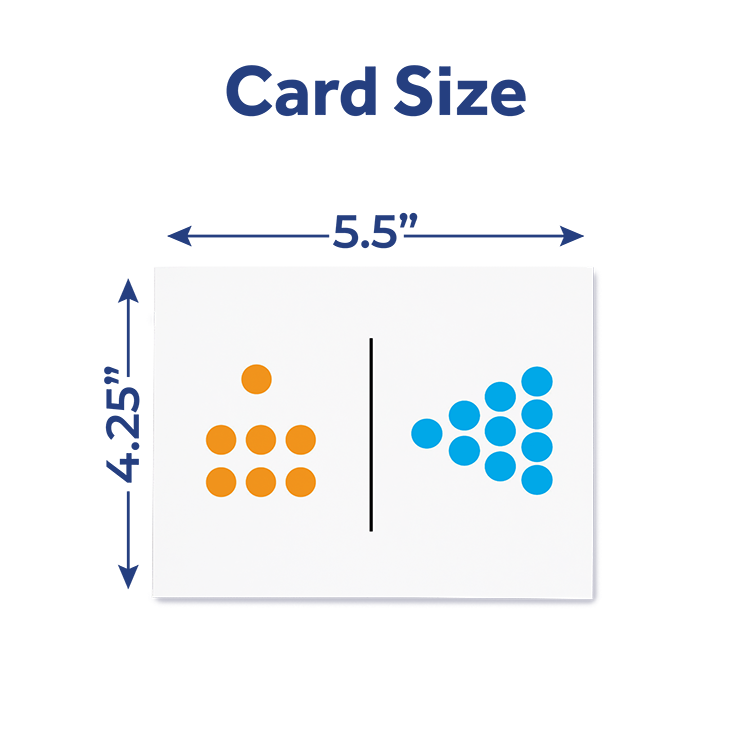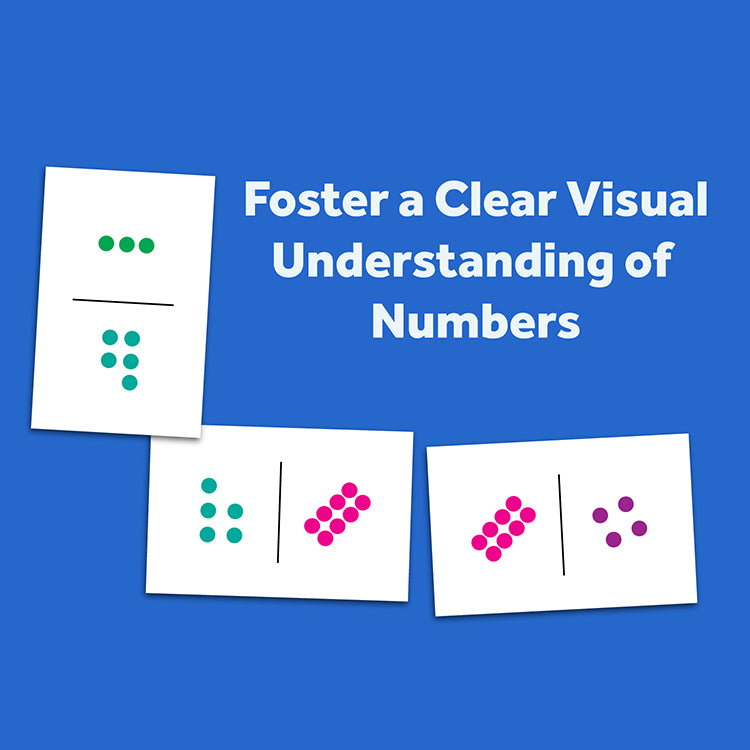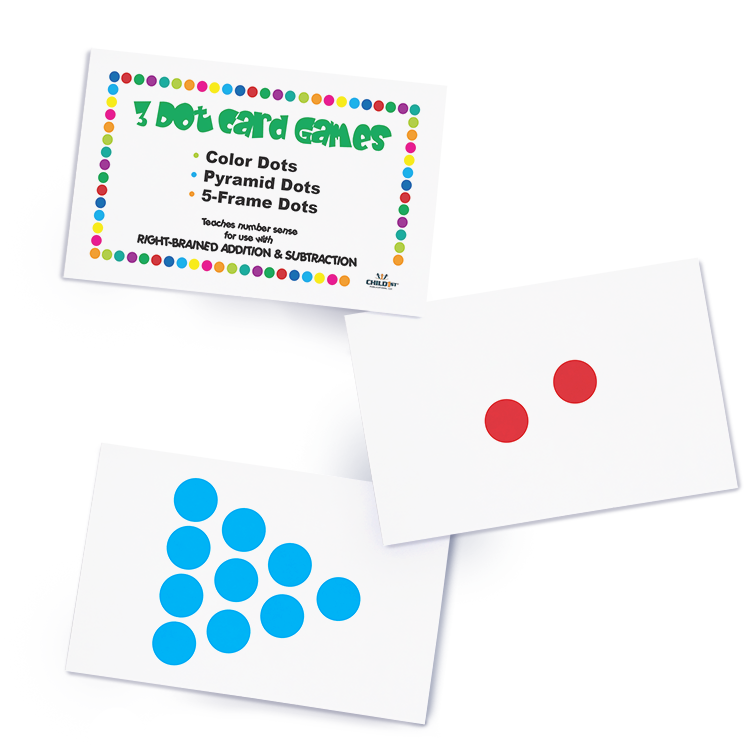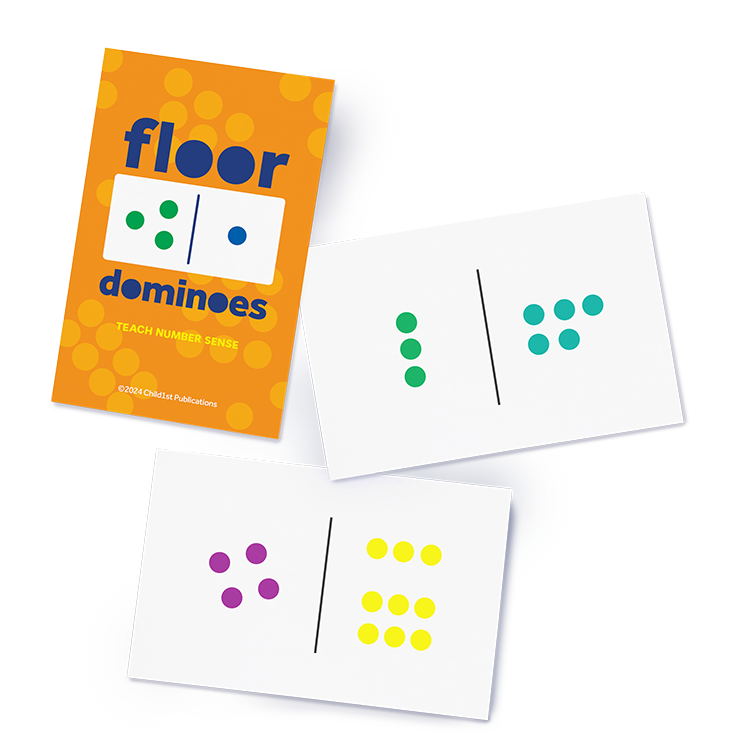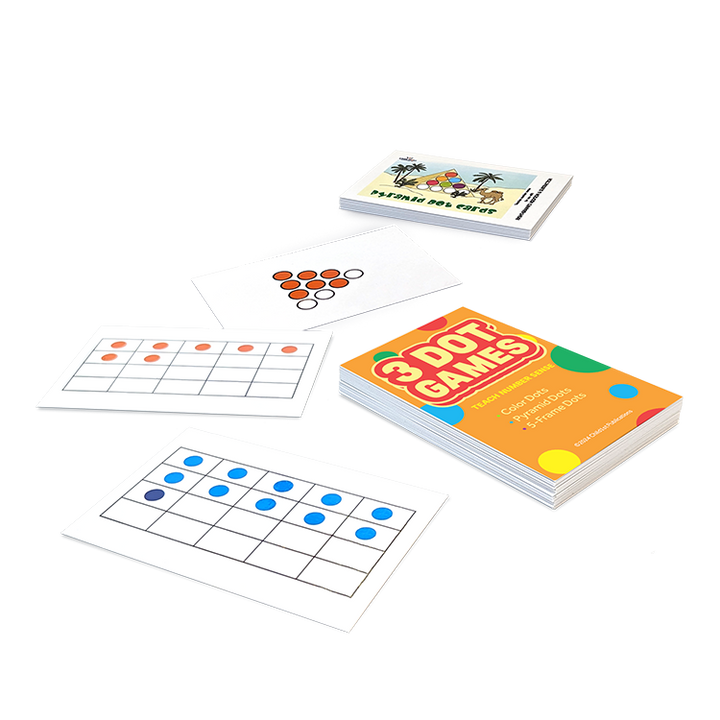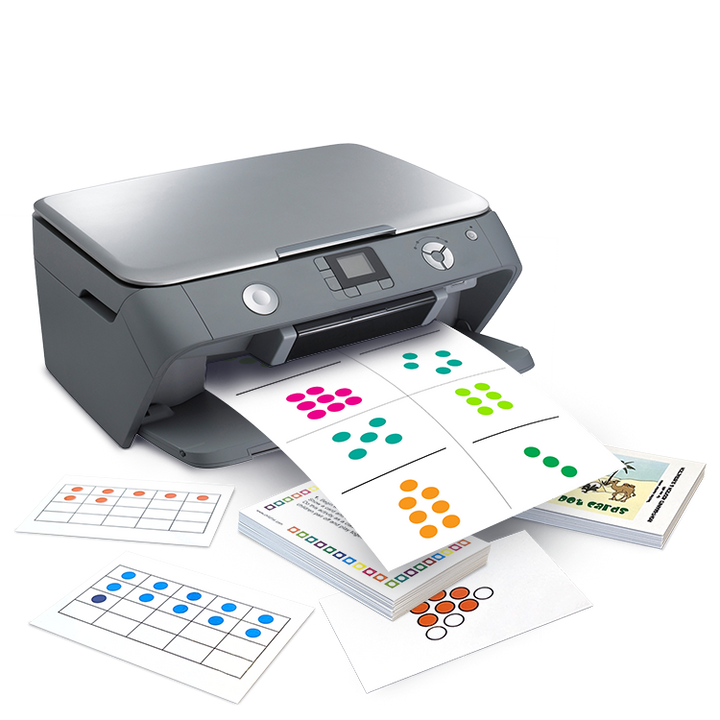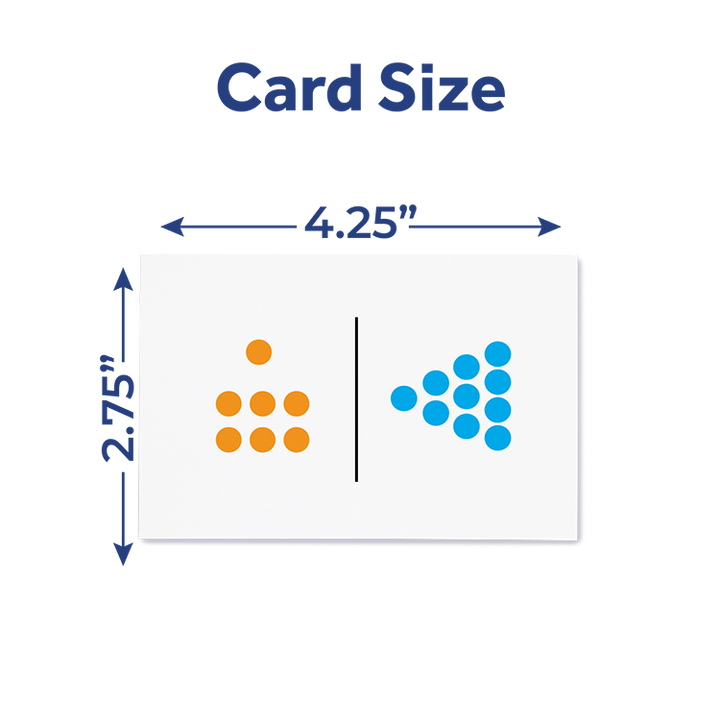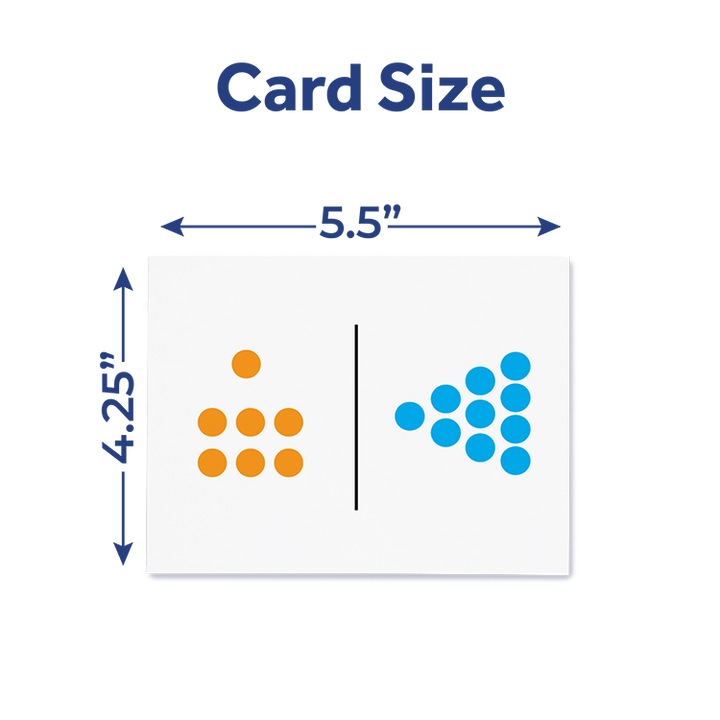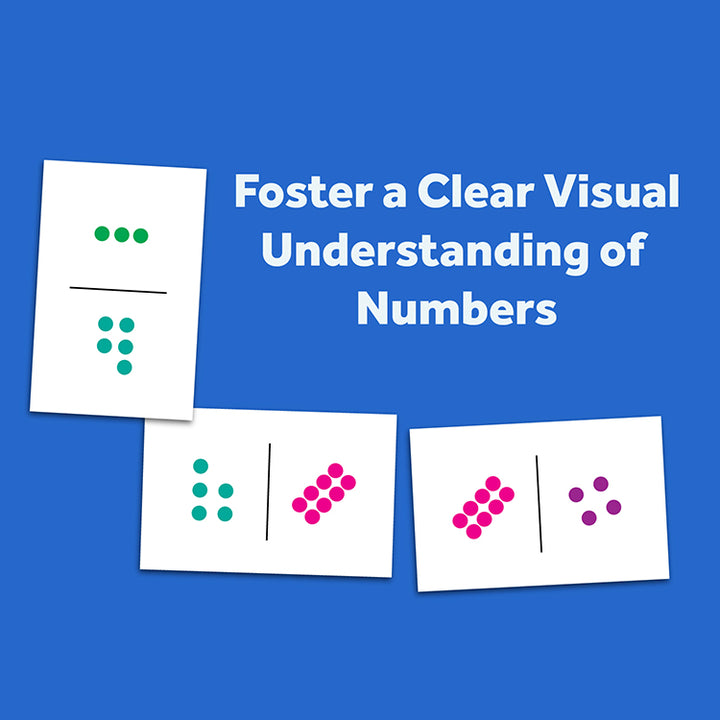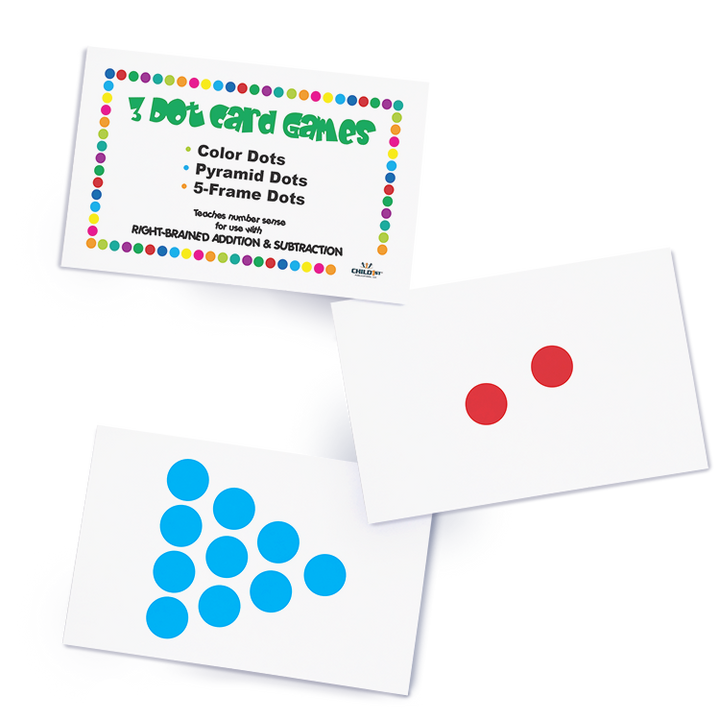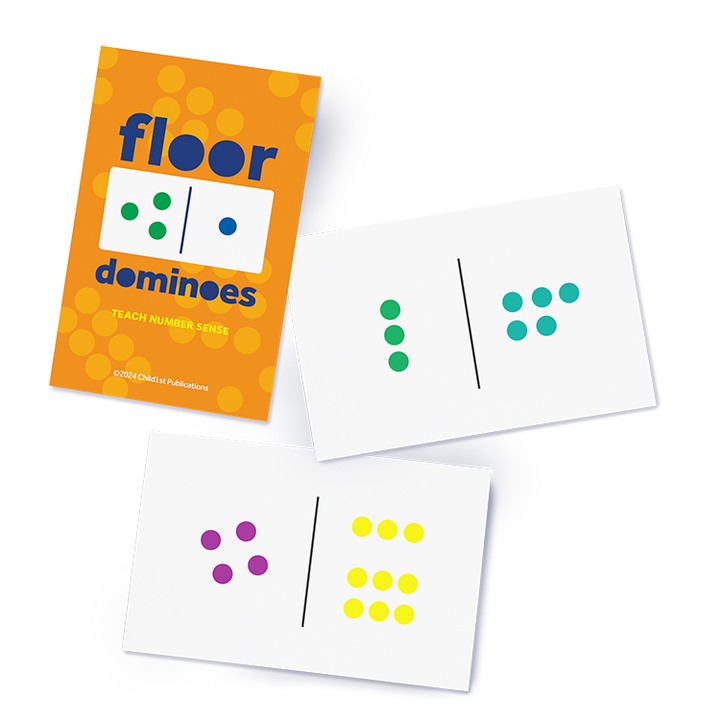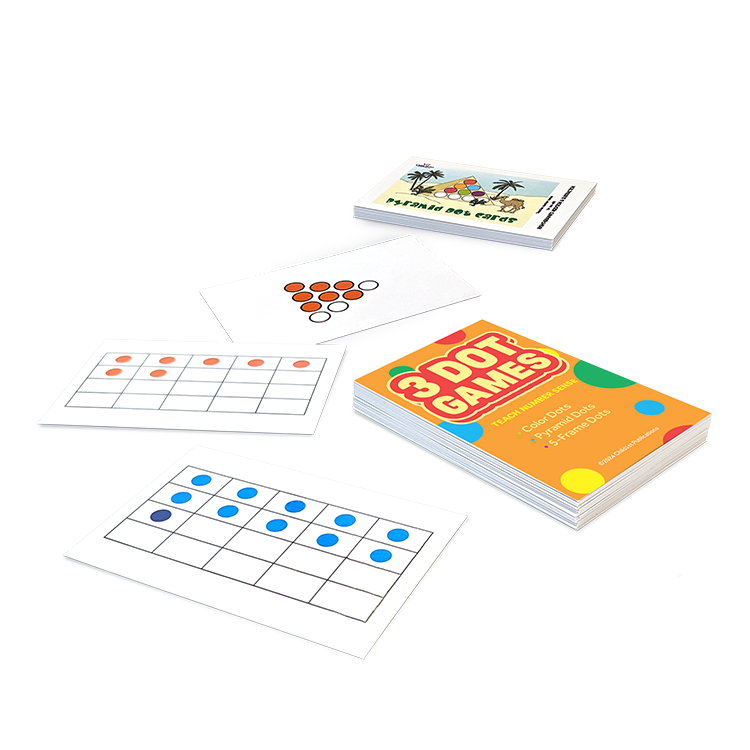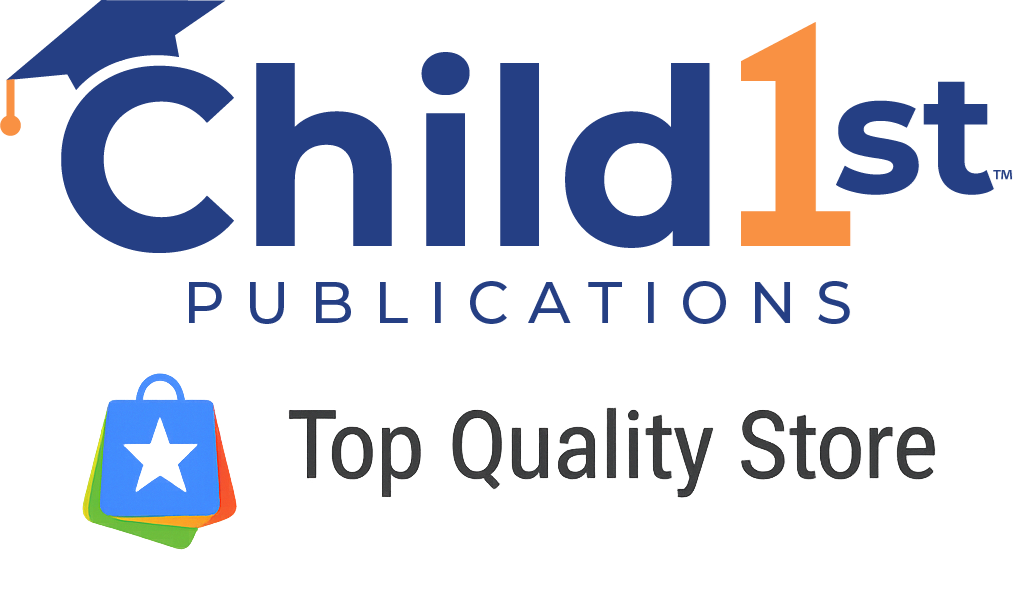To enhance children's understanding of math concepts and reduce the need for rote memorization, it's essential to foster a clear visual understanding of numbers. Dot games are an effective way to achieve this goal, as they help children associate number symbols with concrete visual representations. By engaging in activities where they can quickly recognize the quantity of dots without counting, children develop a deeper comprehension of numerical values.
Additionally, arranging dots to illustrate combinations of numbers facilitates the visual learning process for addition and subtraction. When children see dot patterns representing different number combinations, they internalize these relationships and can later recall them during formal computation. By linking abstract math symbols with tangible visual images, children are better equipped to solve math problems mentally and independently.
These dot games are specifically designed to complement Right-Brained Addition & Subtraction Vol. 1, providing a colorful and engaging way for children to learn math facts. With color-coded cards and clear instructions included, these games make math practice enjoyable and effective.
What’s Included
· 60 full color Domino Cards with two-sided lamination for extra durability
· 60 full color Dot Cards with two-sided lamination for extra durability



